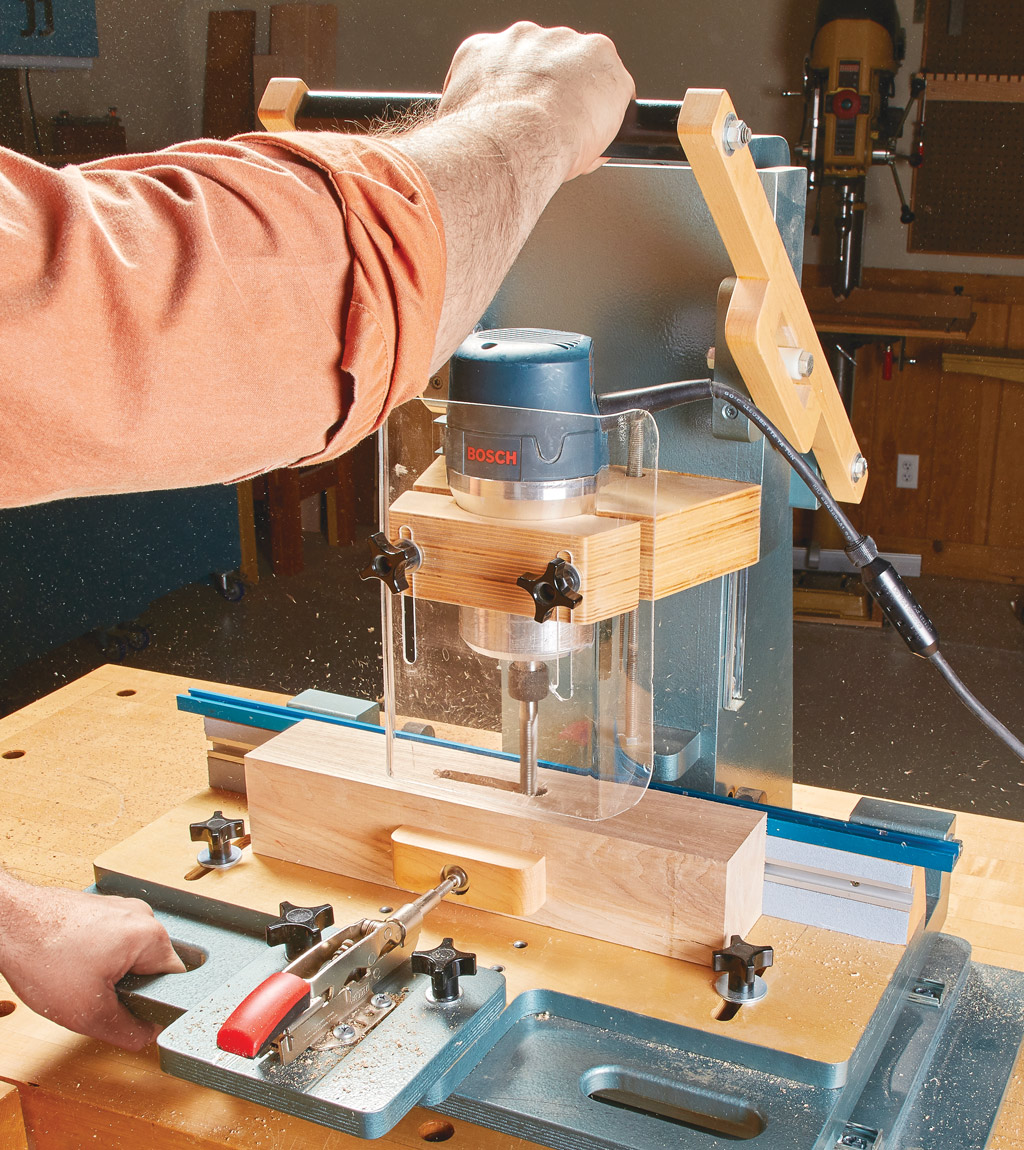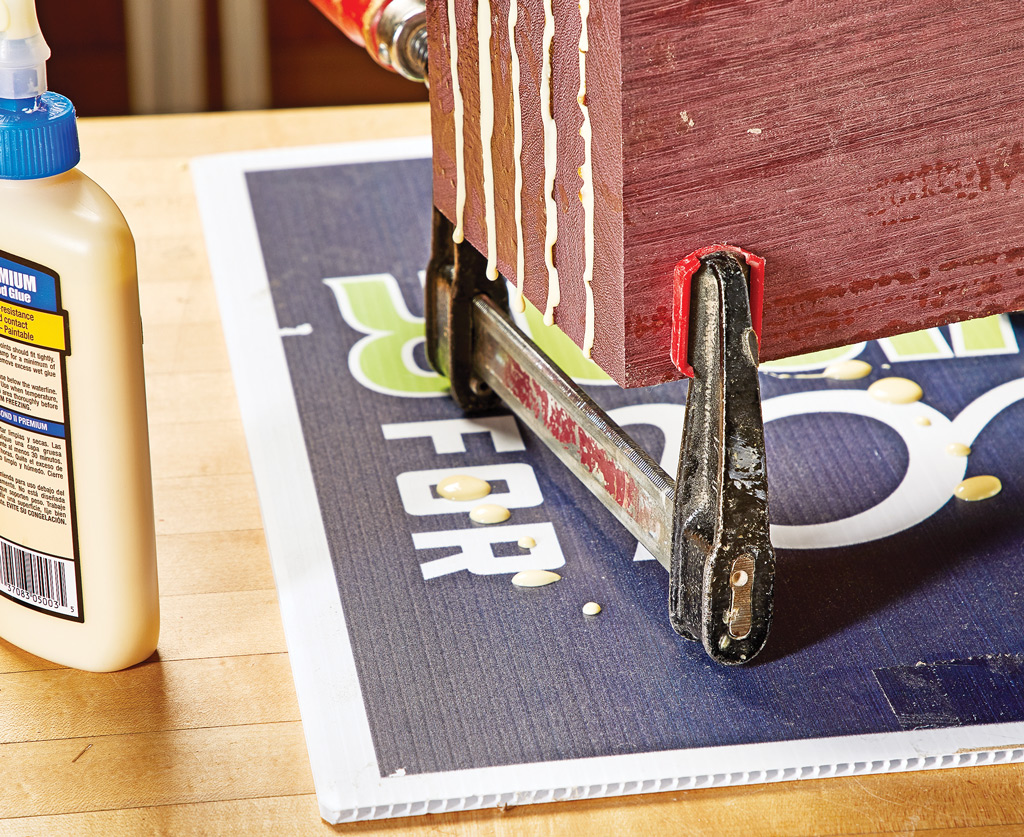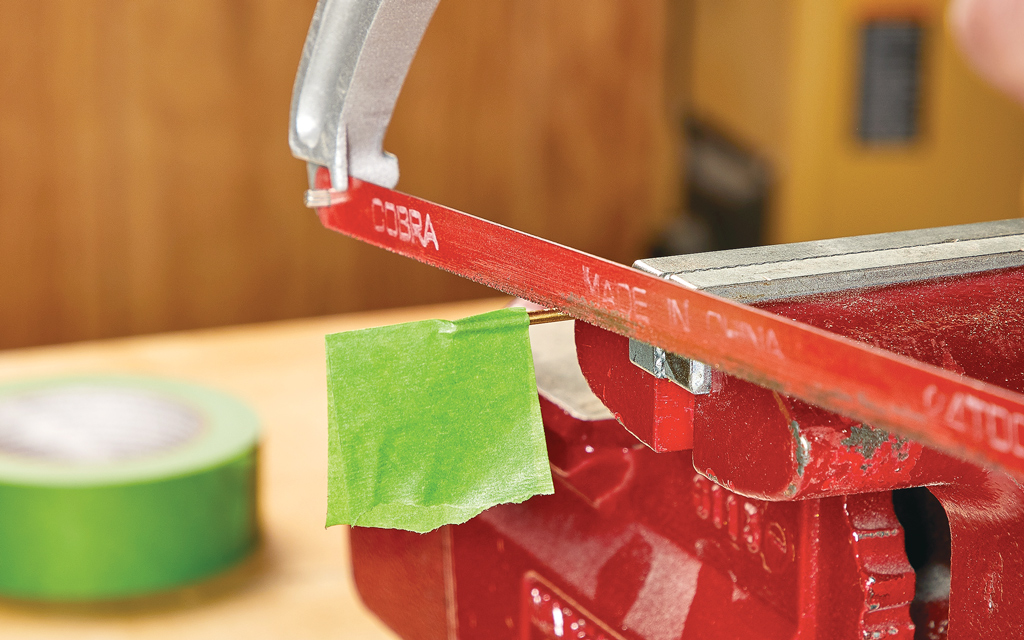Grab it and go. That’s the way I think of my plate joiner. It just seems like one of those tools you expect to work right out of the box, no matter what. The trouble is this kind of unintentional neglect can lead to a tool that doesn’t work as well as it should. And, like any tool, it will shorten its life. So it’s a good idea to give your plate joiner a quick tune-up on a regular basis. Following the simple steps I outlined here is a good way to keep your joiner running like new. And it only takes a short time to complete the task.

The first step in is to remove the blade cover, blade, and the auxiliary fence (depending on the make and model). Here you can look for broken, missing, or loose parts. With the tool opened up, you also have good access to clean out all the nooks and crannies. I like to start with a few blasts of compressed air. Next, I use a tooth brush and a paper clip to dig out the stubborn, built-up grime. A little denatured alcohol softens the tough residue so it comes out easier. You want to be sure to remove anything that might interfere with the smooth operation of the tool.

Because a plate joiner is only used in short bursts, the blade will last a surprisingly long time. So it’s easy to forget about it. Over time, pitch and glue residue can build up on the teeth. And like a table saw blade, this causes the blade to run hotter and dull quicker. You can scrub off the buildup with a brush and some denatured alcohol or a commercial blade cleaner. Once the blade is clean, check to make sure the teeth are sharp and free from chips. If the edges are rounded or any tips are chipped or missing, it’s time for a new blade. At last, you can start reassembling the plate joiner. As you do, pay attention to the blade orientation. It’s easy to get it installed backwards.

Following the previous steps, your plate joiner will look like new. But there are a couple other items to check to make sure it works like new, too. The first thing to check is to make sure the front fence face is set parallel to the blade. If it isn’t, the joiner will cut angled slots and you can end up with misaligned parts. Usually, you can remedy the situation by adjusting a set screw (or two). It’s a good idea to check your owner’s manual for specific instructions.

The final task is to check the setting for the slot depth. What you’re looking for is a slot that’s slightly deeper than half the width of a biscuit. This allows the joint to close up tight and it provides some space for excess glue. The middle photos at right show an easy way to check the slot depth. I aim for a slot that’s about 1⁄16" wider than the biscuit. To make any adjustments, you can loosen the stop nut and fine-tune the plunge rod.













